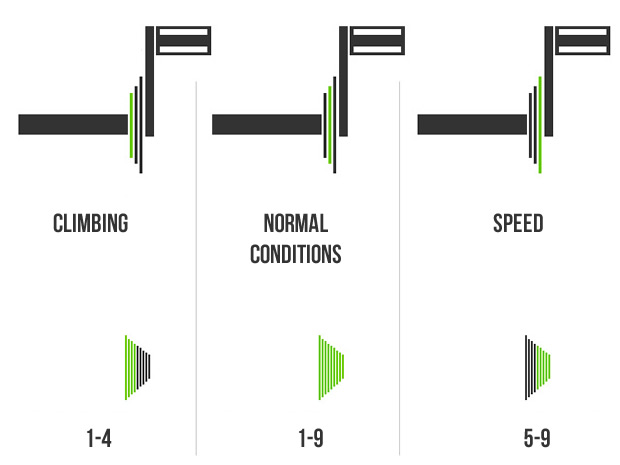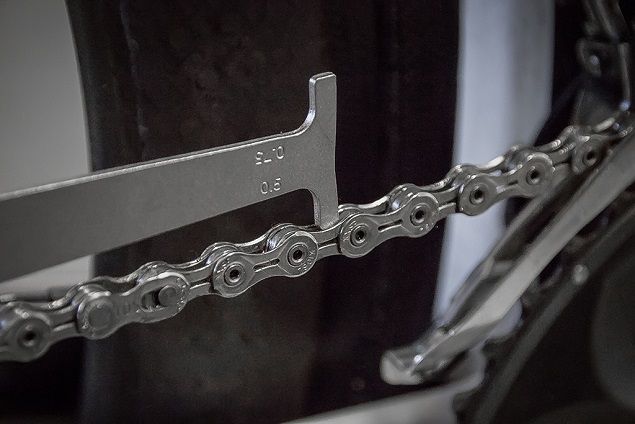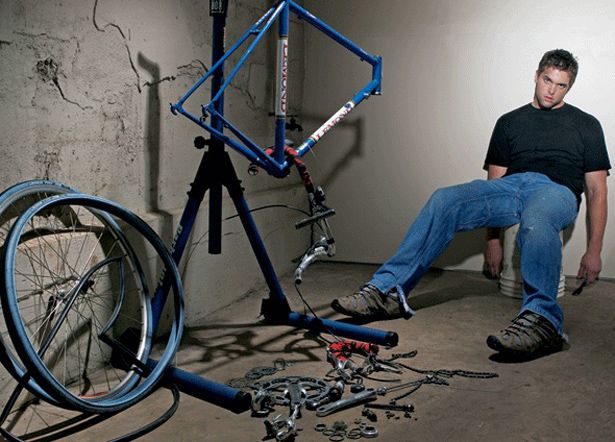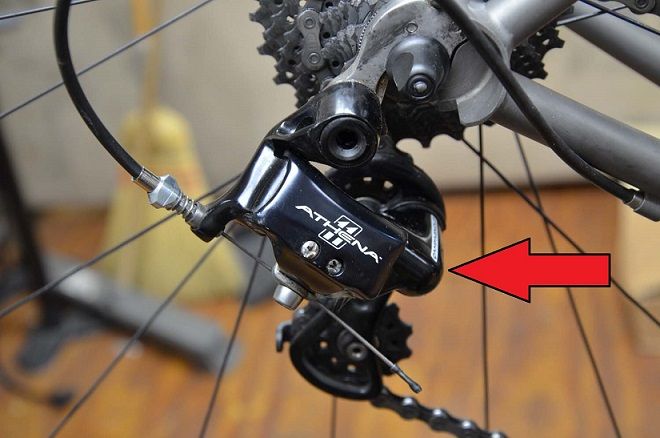Keeping your chain clean and lubricated makes for a better-running and prolongs the life of your sprockets and chainrings as well as the chain itself. Remember: Don’t apply lube to a dirty chain!
If you are a frequent rider, using your bike several times throughout the week, your bicycle will benefit from a regular cleaning and lubrication of the drive chain. We recommend cleaning and lubricating your bike’s drive chain at least once every month to maintain optimal performance and protection.
Lubricate your bike drive chain immediately after use if you are riding in challenging conditions, such as mountain biking in dirty terrain or riding in the rain or other wet conditions. Also, clean and lubricate the drive chain on your bicycle if you notice it becoming dry, sounding noisy or if the chain links bind in any way.
Clear away gunk
A good place to start is your rear derailleur. Ever noticed a build up off black tar on the derailleur jockey wheels? In a perfect world we wouldn’t allow it to get this bad but…
Use hot water, a stiff brush and some bike cleaning detergent (or the stuff you use for your dishes will do). Give the drivetrain a good scrub, particularly the chain. This will remove any dirt or grit hanging around the chain and cogs and prepares the area for degreasing.
How do I apply chain lube?
The perfect amount of lube is enough to overcome the resistance set forth by the rollers, plates, and pins, and prevent rust to those parts, without attracting excessive dirt. Start by applying one drop per link (each roller) as you back pedal the chain through the drivetrain, and take note where you started to avoid redundant lubing. Slowly run the chain up and down the cassette to help distribute the lube as far down into the rollers and pins as possible. With a clean, dry rag, grip the chain and back pedal, wiping off excess lube. Wet lubes typically require a second wipe, so remember to hit it again with a rag at the trailhead.
Most sources recommend some amount of wait time between application and tearing off into the sunset. Dry lubes typically require a few hours to set up, while a wet lube needs less. The best advice we can offer is to plan ahead, lube up the night before, and always refer to the manufacturer recommendations. That said, if you’re in a pinch, squirt it on, wipe it down, and get going!
What To Use
Using the proper lubricant will ensure the chain works correctly and can help to extend the life of the chain. Household spray lubricants are too thin and can actually dry out bicycle chains. Vegetable-based oils are a poor choice as these become gummy. Motor oils are too thick and do not penetrate the chain thoroughly. A mineral-based lubricating oil, specifically designed for bicycle parts is the best choice.














